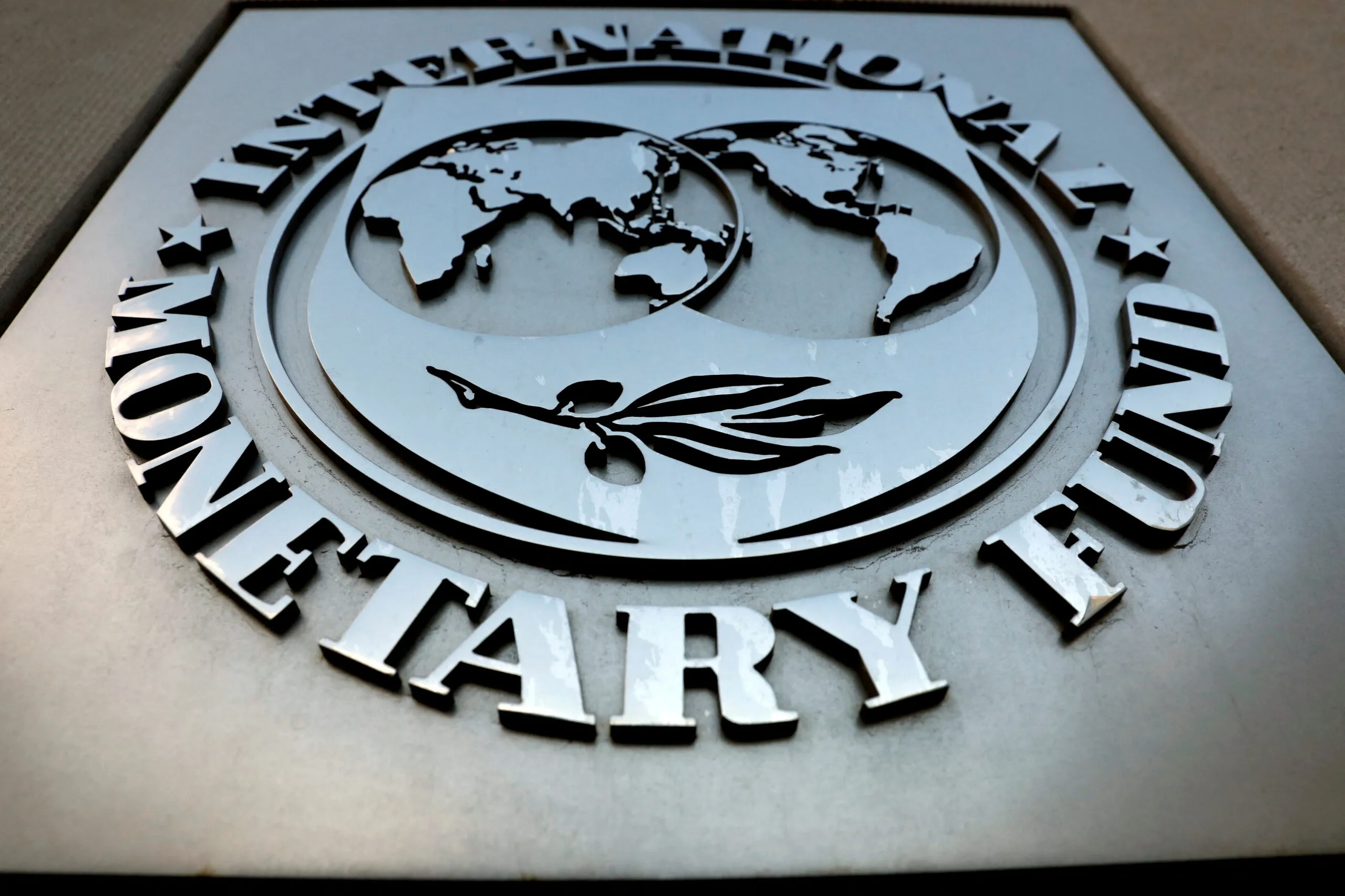
The Energy Regulations Board ( ERB ) recently increased petrol to K35.56 per litre, K29.60 for diesel, and Zesco increased tariffs on 1 May,2024 by 10%, while the Kwacha went north to almost K27.These combined escalations are expected to filter through the economy in the coming months, and possibly have negative impact on ordinary Zambians and businesses. These changes are part of the implementation of IMF austerity conditions for Zambia’s 38Month $1.3billion Extended Credit Facility ( ECF). According to the IMF, its supervised program aims to create a more stable economic foundation for long-term growth.
“The authorities’ program, supported by the ECF-arrangement, will advance the authorities’ home-grown reform plan to restore debt sustainability, create fiscal space for much-needed social spending, and strengthen economic governance,” The IMF claimed in a statement announcing the bailout approval.
The International Monetary Fund (IMF) has long been criticized for its one-size-fits-all approach to economic policies, which in most instances makes things worse rather than alleviating economic hardships. Zambia’s current experience under an IMF program is a clear example of how IMF policies can worsen economic conditions instead of improving them, at least based on the evidence of the last 20 months of the program.
Monetary Policies slowing down economic growth and killing jobs
One of the key IMF policies that they have imposed on Zambia – the claim that the Program is based on grown economic recovery plan is hollow and a mirage – is inflation targeting. And one of the measures is the squeezing of liquidity from the economy.The Bank of Zambia has increased the Statutory Reserve Ratio to 26.5% and mopped up almost all government funds from Commercial banks.This policy is aimed at controlling inflation and to stabilize the kwacha exchange rate by reducing the amount of money circulating in the economy.
This policy might control inflation in a formal economy, but in Zambia, where over 90% of businesses and households operate informally, and where access to credit is already limited, squeezing liquidity can have devastating consequences for households and businesses, like they are currently doing now. The failure of this policy was indirectly confirmed by Bank of Zambia Governor Denny Kalyalya during the launch of the Bank’s Strategic Plan 2024-27.
“We will undertake, for this purpose, a household and business survey to better assess the impact of monetary policy on the economy for more informed policy decision making. So, we will be doing all these surveys to really get a sense of what is going on. And that will give us pointers as to what we need to adjust. When money is under the pillow, it doesn’t come back into the banking system and monetary policy has no effect on that. This informal sector that we have. So, this is what we want to address,” he said.
The tight liquidity environment is restricting businesses’ ability to expand and grow. With reduced liquidity, businesses struggle to access the capital needed to operate and expand, leading to stagnation and closures, ultimately exacerbating unemployment and poverty. And this negative impact of the IMF policies has been empirically proven by the Stanbic monthly Purchasing Managers Index (PMI) survey, which has shown poor performance of the Private Sector through the reduction in output.Business activity has been falling in most months throughout 2023, and has continued to do so in the first quarter of 2024 with PMI readings all below the 50.0.0 threshhold, ranging from 47.3 to 48.8. This serious reduction in production.
” The private sector health in Zambia declined. Business conditions continued to see a deterioration as a result of reduction in money supply and the depreciation of the kwacha, which have negatively impacted demand. Money shortages crippled new orders and forced cutbacks in output, employment and purchasing activity.” The Head of Sales at Stanbic Bank, Musenge Komeki said
Another detrimental IMF policy in Zambia is the accelerated removal of subsidies on essential commodities such as energy and agriculture. While subsidy removal is often advocated as a means to reduce government expenditure and promote efficiency, in Zambia’s case, it has resulted in a significant increase in the cost of living and doing business. The cost of living in particular has risen sharply, making it increasingly difficult for ordinary Zambians to make ends meet.
The removal of energy subsidies, for example,translates to higher prices for basic necessities, squeezing household budgets and dampening consumer spending. Increased fuel costs have raised transportation expenses, impacting the entire supply chain.This, in turn, discourages investment and slows economic growth – the very outcome the IMF seeks to prevent.
The IMF and World Bank Subsidy hypocrisy
While the International Monetary Fund (IMF) and World Bank have often pushed developing countries like Zambia to reduce or eliminate subsidies, many Western countries, including the US, EU, and UK, do provide subsidies to various sectors.
Critics also argue that all Western countries provided all sorts of subsidies when they were at the same level of development that Zambia is at the moment. It is subsidies that facilitated their industries to flourish and facilitate development. And to support their arguments, they point to the empirical evidence of Western countries’ current subsidies to the agriculture, energy, industry sectors while the insist Zambian government should remove subsidies completely.
In the Agriculture sector, the US Department of Agriculture provides subsidies to farmers through programs like the Farm Bill, which includes crop insurance, price supports, and direct payments. The EU, on the other hand has the Common Agricultural Policy (CAP) which provides significant subsidies to European farmers, accounting for around 40% of the EU’s budget, while the UK’s Agriculture and Horticulture Development Board provides funding for farmers and the agricultural industry.
When one looks at the energy sector, Western countries do provide immense subsidies.
The US provides tax credits and grants for renewable energy production, such as wind and solar power while the EU has set a target of at least 32% of its energy coming from renewable sources by 2030, and provides funding for renewable energy projects and the UK offers subsidies for offshore wind farms and other renewable energy projects.
As far as industry is concerned, the US provides subsidies for various industries, such as: the Defense Production Act, which provides funding for the production of defense-related materials.The USA also have the Advanced Technology Vehicles Manufacturing Loan Program, which provides loans for the development of fuel-efficient vehicles. The EU, on the other hand, provides funding for research and development through programs like Horizon Europe. The UK offers funding for various industries, such as aerospace, automotive, and life sciences, through organizations like the Aerospace Technology Institute and the Automotive Council.
Source: lusakatimes










